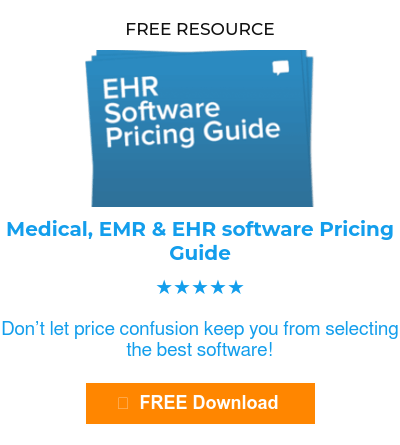Installing or upgrading to a new EMR / EMR system requires careful planning to integrate your data and make sure your office workflow is either properly supported or that needed changes are identified.
Successful migration to a new or upgraded EMR system will depend on careful and individualized analysis and planning, which will need to be re-visited and updated as implementation progresses.
EHR implementation into your office starts with an appraisal of current workflow. There are numerous formal methodologies which can help, ranging from Six Sigma (made famous initially by General Electric) to Total Quality Management. While documenting your current workflow in its entirety-from patient scheduling to the completion of a patient visit-is a start, identifying possibilities for a re-design of workflow elements is the goal. EMR migration may eliminate steps in patient check-in, or as is often the case, allow for patients to schedule a visit and complete the check-in process almost entirely without staff intervention.
Key workflow elements of an EMR system to consider, among others, are:
- Patient visit scheduling, which can include automatic allocation of time blocks depending on the nature of the visit, for instance
- Tracking a patient’s status as they move through your office
- Review of a patient’s chart, and reference to patient data during a visit
- Updating of patient charts
- Patient follow-up
- Lab results
- Rx transmission
EMR migration and integration is a recursive process that should involve all staff members. While time consuming, EMR implementation can offer long run efficiency improvements and cost savings that can be substantial.
Plans need to be made for EMR migration, from paper based patient records to electronic storage. There are a variety of paths here for EMR implementation. Many providers end up using a hybrid system, where new patient encounters are recorded and stored electronically, with older data kept in their original paper format. This hybrid method saves the time and expense of converting paper records to digital format, but reduces savings from eliminating the expensive need to store and access paper records with full EMR implementation.
Others pay up front to have all or the majority of records digitized, since space dedicated to file storage can be reduced dramatically and personnel dedicated to filing and retrieving paper records can be used for other tasks. Moving to digital storage with EMR migration involves two tasks: preloading, and scanning. Pre-loading is the more labor intensive and time consuming, as it involves manually reviewing and coding information from previous patient encounters and clinical notes. This is often done selectively, with critical data such as immunizations, drug allergies, and recent vitals entered. Other, less critical data can be scanned and converted to images, which is a fairly mechanical process. Regardless of what you choose for EHR implementation, a fully paperless office is unlikely: you will still have to support working with other providers and with patients who use paper records.
All providers and staff will require training in the use of a new EMR system, with particular emphasis on HIPAA privacy and security regulations as they relate to an EMR system.


